These lands hold stories older than the United States itself. Spanning millions of acres, Native American reservations are more than just places on a map—they’re living histories, cultural strongholds, and home to communities that have endured for centuries.
From the deserts of the Southwest to the forests of the Great Plains, each one is unique, shaped by tradition, resilience, and deep connections to the land. Whether you’re drawn to the breathtaking landscapes, the rich heritage, or the thriving art and traditions, these reservations are places of strength and significance.
Some are larger than entire states, holding sacred sites, bustling towns, and histories that continue to unfold today. Get ready to explore the 15 largest Native American reservations in the U.
S. —and the powerful stories they carry.
Navajo Nation
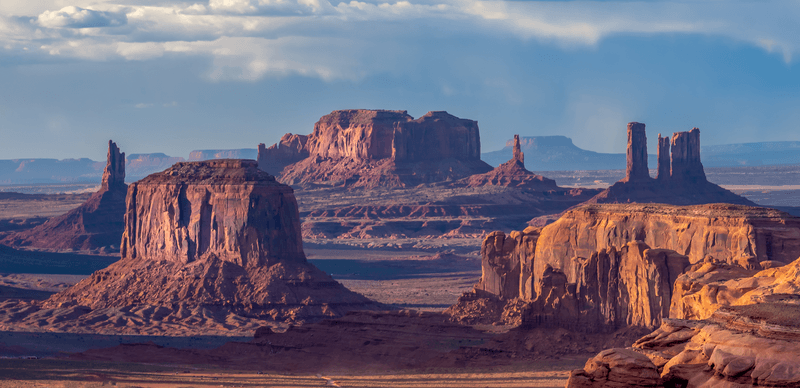
Stretching across Arizona, Utah, and New Mexico, Navajo Nation is the largest reservation in the U. S.
Its breathtaking landscapes include Monument Valley and Canyon de Chelly. Visitors can immerse themselves in the rich cultural heritage of the Navajo people, experiencing traditional crafts and foods.
The reservation also hosts events that showcase Navajo traditions, offering an authentic glimpse into their world.
Uintah and Ouray Reservation
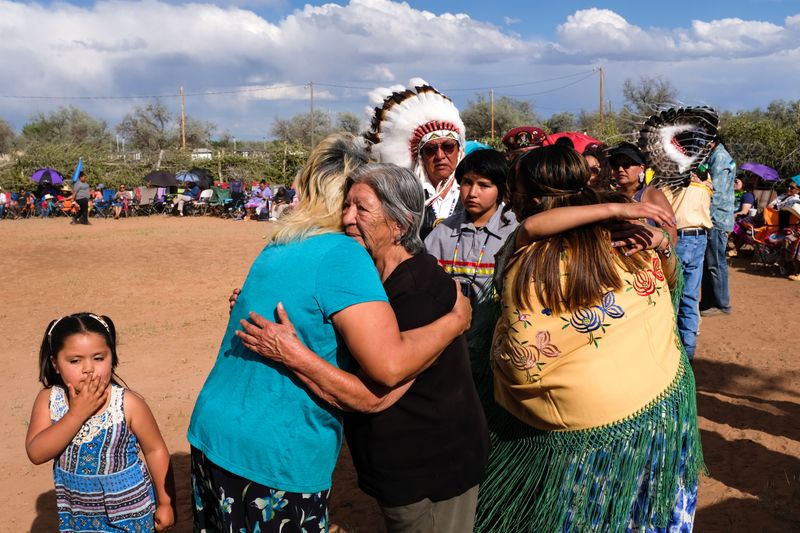
Located in northeastern Utah, the Uintah and Ouray Reservation is home to the Ute Indian Tribe. Known for its stunning natural beauty, the area is rich in wildlife and offers opportunities for outdoor activities such as fishing and hiking.
The reservation’s history is deeply interwoven with that of the Ute people, who have inhabited the region for centuries. A visit provides a chance to learn about their enduring culture.
Tohono O’odham Nation
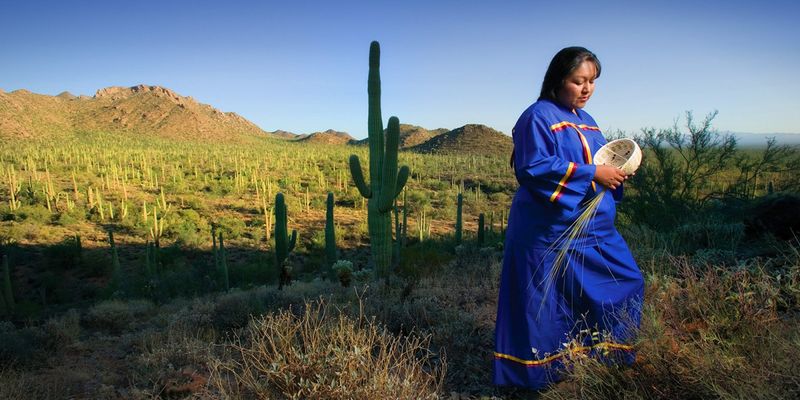
The Tohono O’odham Nation spans the Sonoran Desert in Arizona, offering a unique environment characterized by saguaros and mountains. Known for its vibrant cultural festivals, the nation celebrates its heritage through art, music, and dance.
The Tohono O’odham people are renowned for their basket weaving, a skill passed down through generations. Their connection to the land is reflected in their traditional practices and community life.
Cheyenne River Reservation
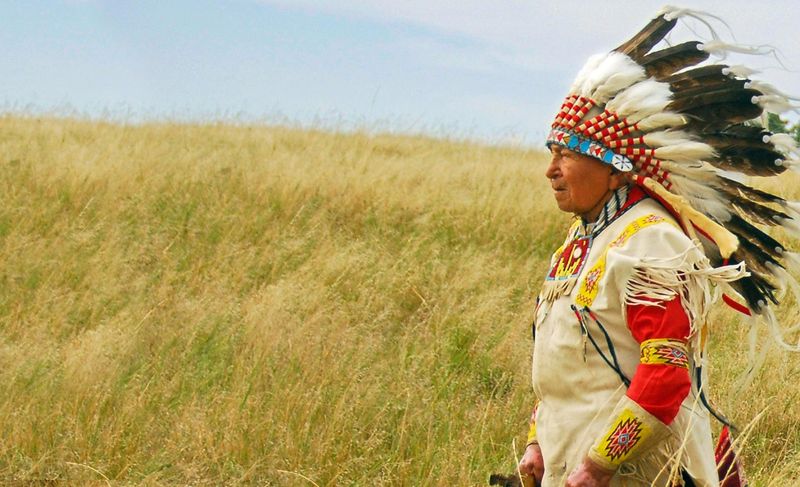
Situated in South Dakota, the Cheyenne River Reservation is home to the Lakota Sioux. The sweeping grasslands and rolling hills provide a stunning setting for a community rich in tradition and pride.
Known for their strong cultural identity, the Lakota Sioux maintain vibrant customs and ceremonies. Visitors can explore the reservation’s history and natural beauty, gaining insights into the Lakota way of life.
Pine Ridge Reservation
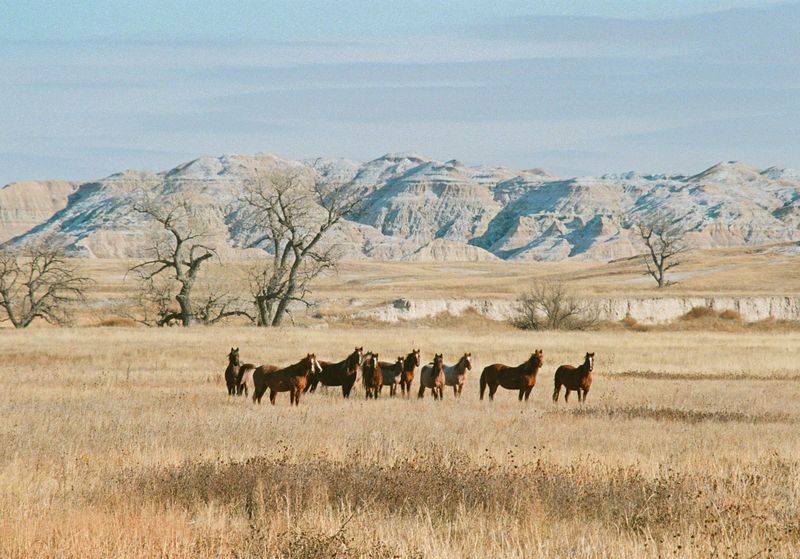
Pine Ridge Reservation, located in South Dakota, is the second largest in the U. S.
and home to the Oglala Sioux Tribe. Known for its historical significance and challenging living conditions, it stands as a testament to the resilience of its people.
The landscape is dramatic and varied, offering both natural beauty and a somber reminder of the struggles faced by Native communities. Engaging with local initiatives provides insights into the efforts to improve life on the reservation.
Fort Apache Reservation
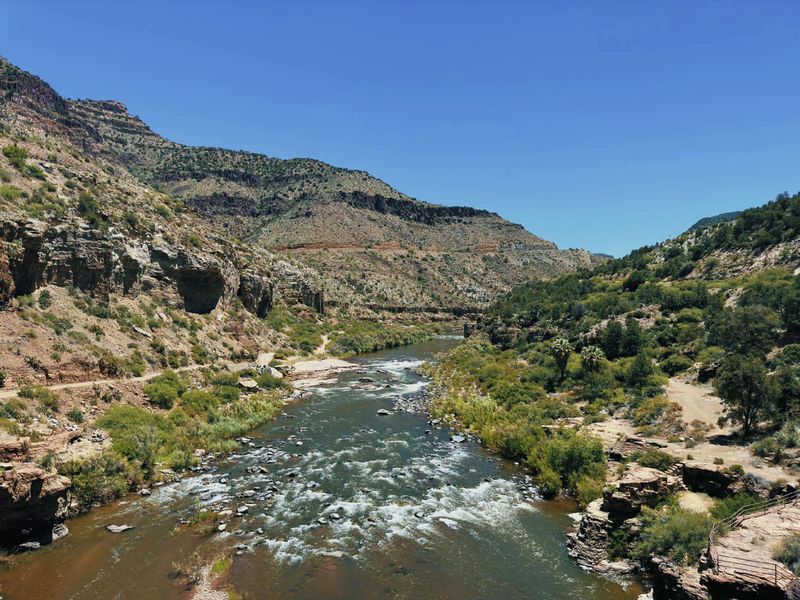
Nestled in the White Mountains of Arizona, the Fort Apache Reservation is home to the White Mountain Apache Tribe. The area’s lush forests and rivers create a paradise for outdoor enthusiasts.
Visitors can enjoy fishing, camping, and hiking while learning about the tribe’s rich history and culture. The reservation hosts traditional events that celebrate Apache heritage, offering a warm welcome to those eager to understand their unique traditions.
Gila River Indian Community
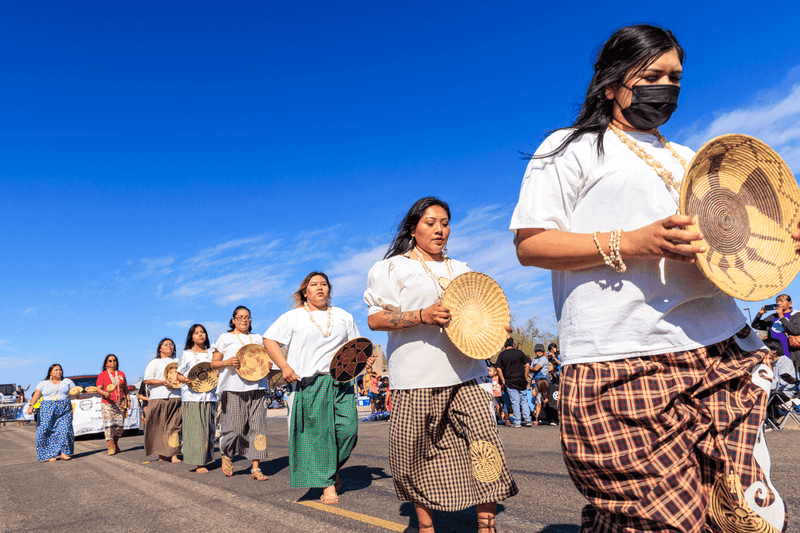
The Gila River Indian Community, located in Arizona, encompasses a diverse landscape that includes desert and riverine environments. This reservation is home to the Akimel O’otham and Pee Posh peoples, who maintain vibrant cultural traditions.
The community is known for its commitment to preserving its heritage, with museums and cultural centers that offer educational experiences. Visitors can learn about the innovative agricultural practices that support the community.
Osage Nation
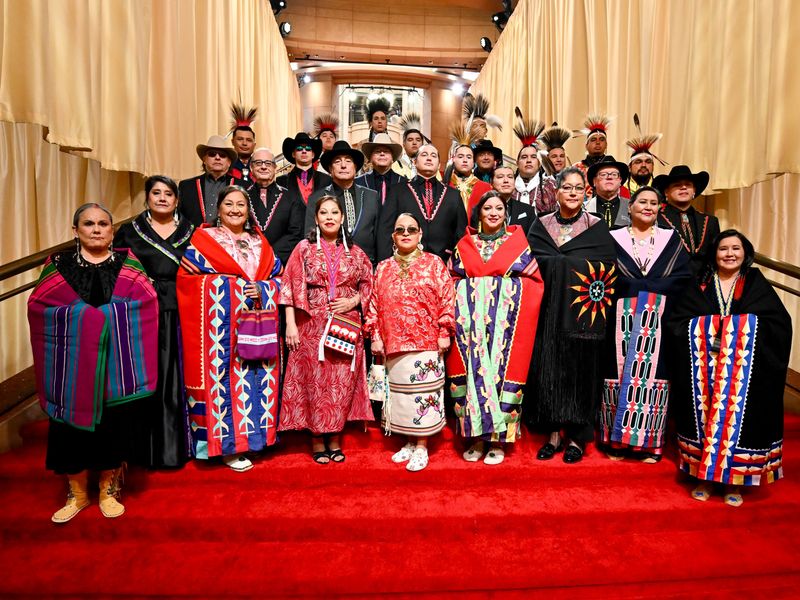
In northeastern Oklahoma, the Osage Nation covers a region marked by rolling hills and plains. Known for its rich oil history, the reservation has played a significant role in the economic development of the area.
The Osage people celebrate their culture through annual events that highlight traditional dance, music, and art. Visiting the Osage Nation provides a deeper understanding of the tribe’s history and its contemporary contributions to the region.
Rosebud Indian Reservation
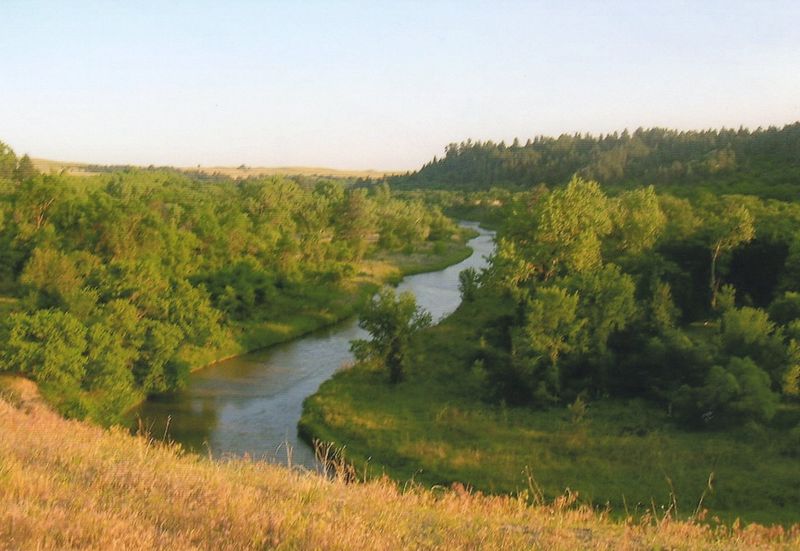
The Rosebud Indian Reservation in South Dakota is home to the Sicangu Sioux, part of the Lakota people. Its vast prairies and cultural sites offer a glimpse into a rich heritage.
The community is dedicated to preserving and promoting its traditions, with programs focused on language revitalization and cultural education. Visitors are welcomed to learn about the unique social and cultural aspects of the Sicangu Sioux.
San Carlos Apache Indian Reservation
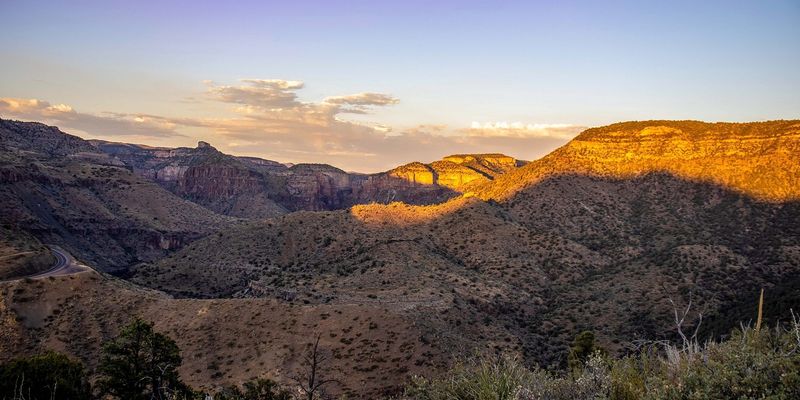
Located in eastern Arizona, the San Carlos Apache Indian Reservation is defined by its rugged desert mountains and valleys. The Apache people are known for their strong cultural heritage, which they celebrate through various festivals and events.
This reservation offers numerous opportunities for outdoor activities, including hiking and exploring the stunning landscapes. Engaging with the local community provides a deeper appreciation for Apache traditions.
Blackfeet Reservation
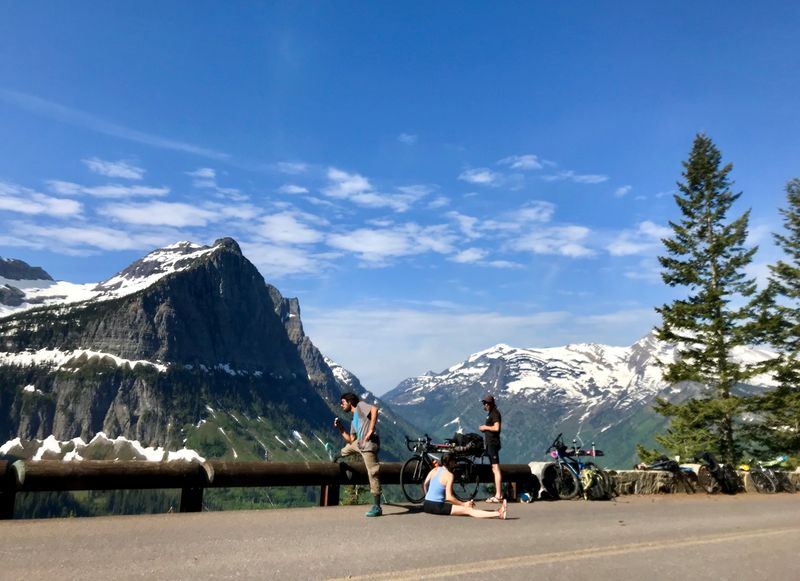
Nestled along Montana’s Rocky Mountain Front, the Blackfeet Reservation is home to the Blackfeet Nation. The area’s stunning landscapes include plains and mountains, offering a beautiful backdrop for a vibrant cultural community.
The Blackfeet people celebrate their heritage through powwows, art, and storytelling. Visitors are encouraged to engage with the community, gaining insights into their rich history and the challenges they face.
Standing Rock Reservation
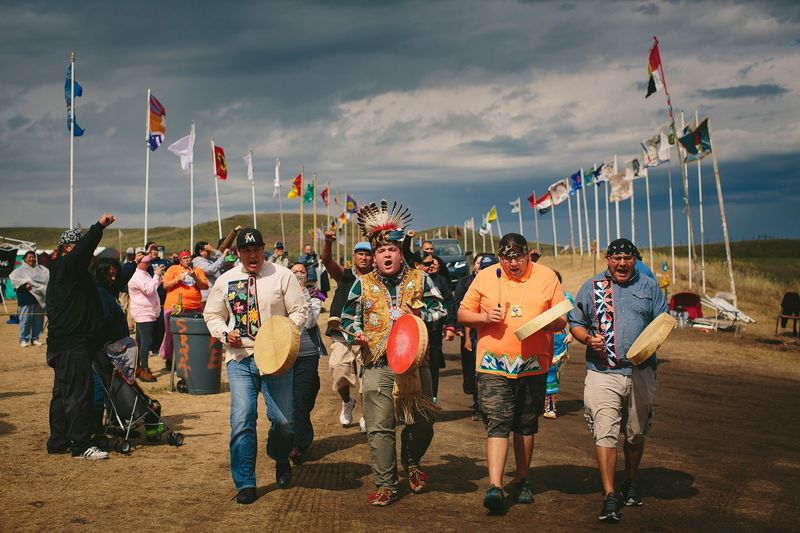
Standing Rock Reservation, straddling North and South Dakota, is home to the Lakota and Dakota peoples. Known for its activism and cultural pride, the reservation gained international attention during the Dakota Access Pipeline protests.
The land is marked by vast prairies and the Missouri River, offering both beauty and historical significance. Visitors can learn about the ongoing efforts to preserve the culture and rights of the Sioux tribes.
Yakama Nation
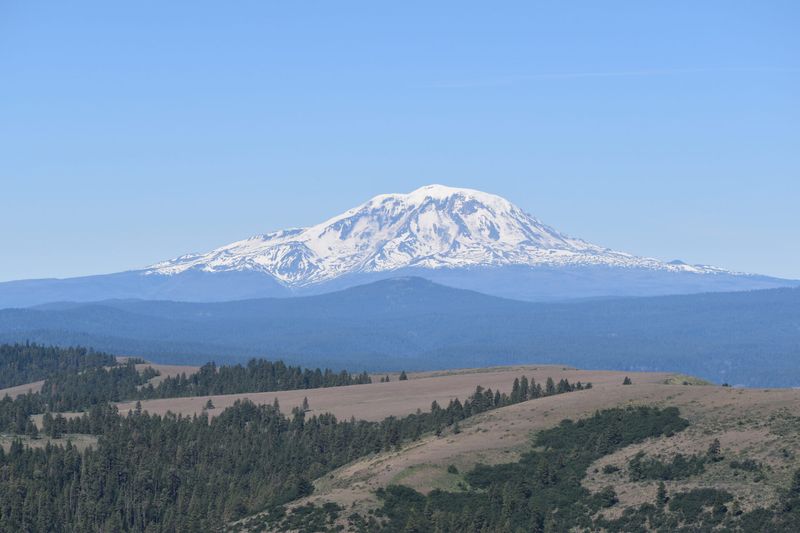
In the Pacific Northwest, the Yakama Nation covers a diverse landscape of forests and rivers. The Yakama people have a deep connection to their land, which is reflected in their customs and traditions.
The reservation hosts cultural events that celebrate Yakama heritage, providing an opportunity to learn about their history and contemporary life. Visitors can explore the natural beauty of the area while engaging with the community.
Crow Reservation
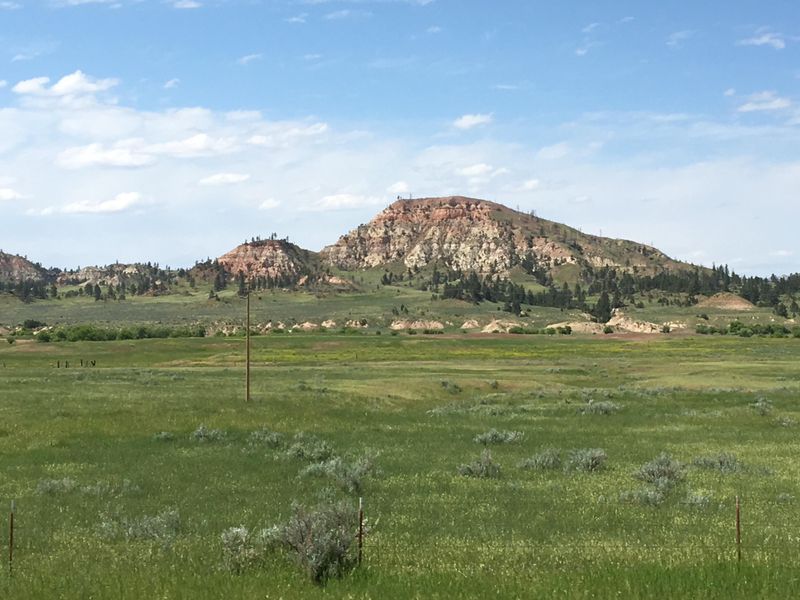
The Crow Reservation in Montana is home to the Crow Tribe, known for their rich cultural traditions and history. The area includes Custer’s Battlefield, a site of significant historical importance.
The Crow people celebrate their heritage through annual cultural events that welcome visitors. The reservation’s landscape of plains and mountains provides a stunning backdrop for exploring the unique aspects of Crow culture.
Wind River Reservation
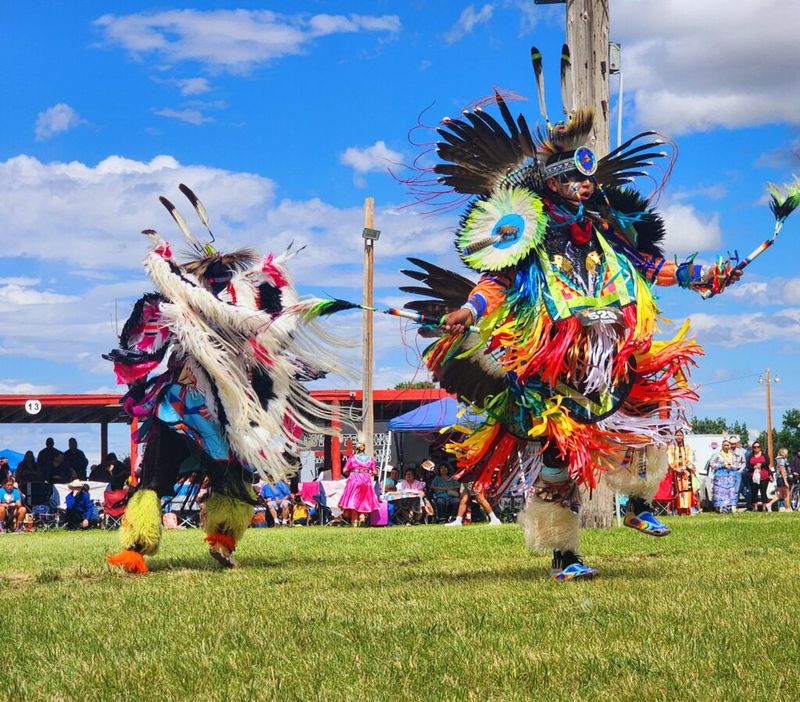
Wind River Reservation in Wyoming is home to the Eastern Shoshone and Northern Arapaho tribes. The rugged Wind River Mountains provide a dramatic setting for this culturally rich community.
The reservation is known for its efforts to preserve and promote traditional practices, including language and art. Visitors can explore the beautiful landscapes and engage with tribal members to learn about their history and contemporary life.
